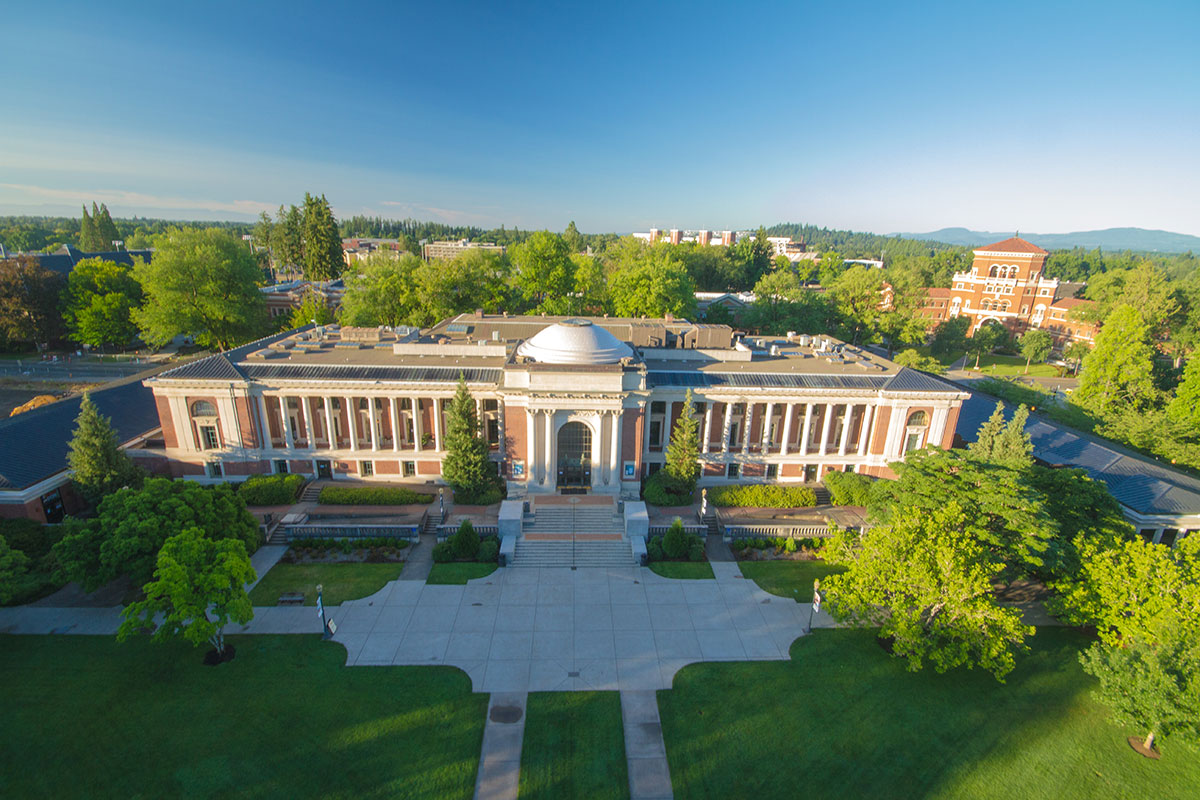Today, the safety and effectiveness of new medicines, medical devices and vaccinations are on peoples’ minds and in the news media. Clinical trials enable researchers to study new treatments and to determine whether they work as intended or cause dangerous side effects. These studies are conducted with an eye to the future, in hopes of finding safer or more effective methods to screen for, prevent, diagnose or treat a variety of diseases. This process is a real world application of the scientific method and other processes learned by so many students in school.
In Application of the Scientific Method Through Clinical Trials, students will learn the real world application of the scientific method by studying the process of clinical trials. Students will understand how drugs, treatments and medical devices are tested and evaluated for safety and effectiveness. They will ask well-defined questions, design an experiment and use critical thinking to analyze research situations. Students are asked to create a Mind Map graphic organizer for the clinical trials process. Students will also explore the clinical trial process in an exciting Medopoly game.
Lesson plans are provided by the Partnership for Environmental Education and Rural Health (PEER) Program. Major funding for PEER is provided by the National Science Foundation, National Institute of Environmental Health Sciences and the National Center for Research Resources at the National Institutes of Health
Applicable Oregon science standards
This lesson plan applies to the following Oregon science education standards:
6.3 Scientific Inquiry: Scientific inquiry is the investigation of the natural world based on observation and science principles that includes proposing questions or hypotheses, and developing procedures for questioning, collecting, analyzing, and interpreting accurate and relevant data to produce justifiable evidence-based explanations.
6.3S.1 Based on observations and science principles, propose questions or hypotheses that can be examined through scientific investigation. Design and conduct an investigation that uses appropriate tools and techniques to collect relevant data.
6.3S.2 Organize and display relevant data, construct an evidence-based explanation of the results of an investigation, and communicate the conclusions.
6.3S.3 Explain why if more than one variable changes at the same time in an investigation, the outcome of the investigation may not be clearly attributable to any one variable.
7.3 Scientific Inquiry: Scientific inquiry is the investigation of the natural world based on observation and science principles that includes proposing questions or hypotheses, designing procedures for questioning, collecting, analyzing, and interpreting multiple forms of accurate and relevant data to produce justifiable evidence-based explanations.
7.3S.1 Based on observations and science principles, propose questions or hypotheses that can be examined through scientific investigation. Design and conduct a scientific investigation that uses appropriate tools and techniques to collect relevant data.
7.3S.2 Organize, display, and analyze relevant data, construct an evidence-based explanation of the results of an investigation, and communicate the conclusions including possible sources of error.
7.3S.3 Evaluate the validity of scientific explanations and conclusions based on the amount and quality of the evidence cited.
8.3 Scientific Inquiry: Scientific inquiry is the investigation of the natural world based on observations and science principles that includes proposing questions or hypotheses and designing procedures for questioning, collecting, analyzing, and interpreting multiple forms of accurate and relevant data to produce justifiable evidence-based explanations and new explorations.
8.3S.1 Based on observations and science principles, propose questions or hypotheses that can be examined through scientific investigation. Design and conduct a scientific investigation that uses appropriate tools, techniques, independent and dependent variables, and controls to collect relevant data.
8.3S.2 Organize, display, and analyze relevant data, construct an evidence-based explanation of the results of a scientific investigation, and communicate the conclusions including possible sources of error. Suggest new investigations based on analysis of results.
8.3S.3 Explain how scientific explanations and theories evolve as new information becomes available.



